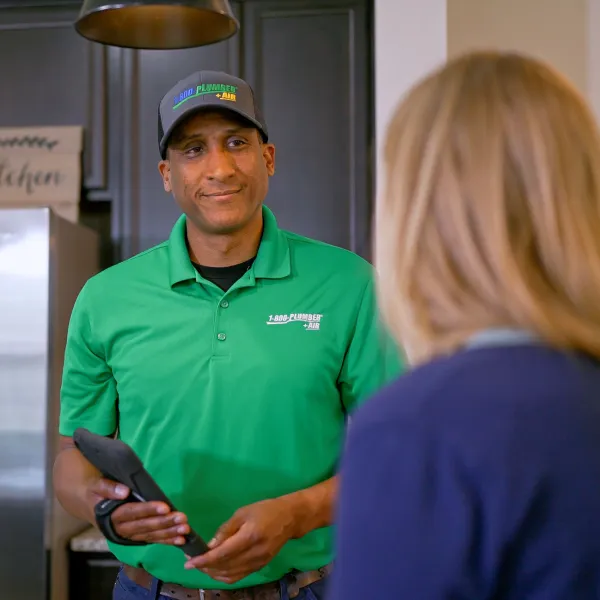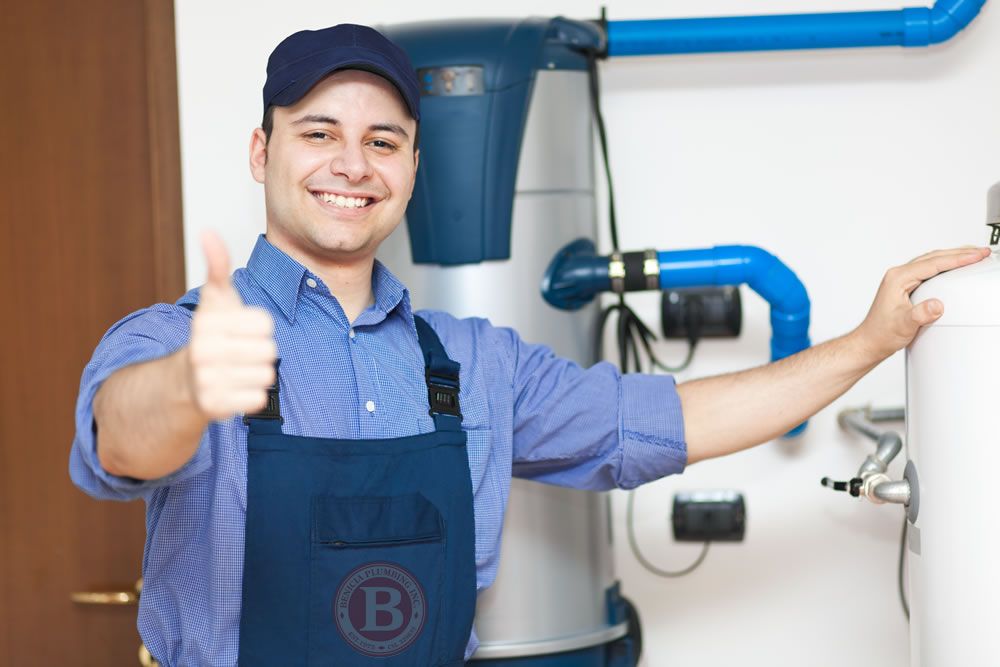Trusted Plumbing Services Alabaster AL for All Your Maintenances
Trusted Plumbing Services Alabaster AL for All Your Maintenances
Blog Article
A Step-by-Step Overview to Effective Hot Water Heater Setup for Ideal Efficiency
Getting started on the task of installing a water heating unit is an endeavor that demands precision and an organized method for attaining optimal performance. The procedure begins with the important choice of choosing the suitable heating unit customized to the certain demands of your home, taking into consideration elements such as size, kind, and power resource. When selected, preparing the installment area to meet security requirements is extremely important. However, the journey doesn't end right here. As you proceed, the details of linking supply of water lines and establishing up reputable electrical or gas connections await, encouraging insights right into making certain performance and dependability.
Choosing the Right Water Heating System

Next, consider the size and capability of the water heater. It's essential to analyze your house's warm water demands, which can differ based on the variety of occupants and their usage patterns. A device that's as well small may result in inadequate hot water, while a large model could lead to unnecessary energy usage.
Efficiency ratings also play an essential role in choice. Seek hot water heater with high Energy Variable (EF) scores, suggesting exceptional efficiency and minimized energy use. Tankless models, though generally much more pricey ahead of time, deal considerable energy financial savings with time because of their on-demand heating abilities.
Preparing the Installation Area
Before mounting a brand-new water heating unit, meticulous prep work of the installation location is crucial. This ensures a smooth installment process and helps protect against future issues (Plumber Alabaster AL). Begin by choosing an ideal location that adheres to local building regulations and safety and security standards. The location ought to be dry, well-ventilated, and obtainable for upkeep. It's vital to gauge the space carefully to accommodate the water heater's measurements, guaranteeing sufficient clearance around the device for reliable operation and servicing.
Next, eliminate any particles, dirt, or obstructions from the website to create a tidy atmosphere. Examine the floor for stability, as the water heater will require a strong, level surface to run efficiently. If required, set up a drip pan beneath the unit to catch potential leaks or spills, preventing water damages to the surrounding location. In areas prone to seismic activity, think about setting up seismic bands to safeguard the heating system strongly in area.
Furthermore, make sure that all needed tools and products are on hand prior to commencing the setup. This includes items such as wrenches, screwdrivers, a degree, and any kind of extra equipment required for protecting the heating unit and mounting. A well-prepared installation area sets the structure for a successful water heating system setup, optimizing efficiency and safety and security.
Connecting Water Lines
When linking water system lines to your newly installed hot water heater, it is crucial to ensure that all connections are protected and leak-free to preserve efficient operation and prevent water damage. Begin by determining the hot and cold supply of water lines. The cool water inlet is generally noted with a blue tag or a "C", while the great site warm water outlet is noted with a red label or an "H".
Use flexible water heater adapters to promote a less complicated installment procedure. Prior to attaching the connectors, place a plumbing professional's tape around the threaded ends of the water heater's inlet and electrical outlet pipes.
Once links remain in place, gradually transform on the main supply of water shutoff. Inspect each link for leakages by aesthetically really feeling and checking for dampness. Tighten up links as needed, and make certain the stress alleviation shutoff is appropriately mounted, securing against extreme stress accumulation.
Establishing Electric or Gas Links
Correctly setting up the electric or gas connections for your hot water heater is a critical action to make certain reliable and risk-free operation. For electrical hot water heater, start by confirming that the electric circuit is compatible with the heating unit's voltage and amperage demands. Ensure the power supply is transformed off at the breaker to avoid mishaps. Link the electrical wires to the heater complying with the manufacturer's circuitry representation. Typically, this includes connecting the ground wire to the green terminal, and the remaining wires to their matching terminals, securing each with cable nuts.
For gas water heaters, safety and security is extremely important. Validate that the gas supply is off before continuing. Link the gas line to the hot water heater utilizing an adaptable gas adapter, ensuring it is effectively threaded and sealed with pipe joint compound or Teflon tape ideal for gas links. Tighten up the connections with a wrench, making sure not to see this site over-tighten (Plumbing Alabaster AL).
As soon as links are made, check for any kind of potential leaks. For gas lines, apply a soapy water option to the joints; bubbles suggest a leak. For electric links, verify that all circuitry is secure and appropriately shielded, preserving conformity with regional electric codes.
Changing and evaluating for Efficiency
With the electrical and gas connections safely in place, the next step is Our site reviewing the functional effectiveness of your water heating unit. Begin by thoroughly turning on the water supply and guaranteeing there are no leaks at any of the valves or joints.
Following, carry out a thorough evaluation to ensure the home heating elements or gas burners are functioning appropriately. For electric heaters, make use of a multimeter to confirm if the aspects are drawing the suitable current. In gas versions, observe the heater flame; it ought to be steady and blue, showing reliable burning.
Readjust the setups as needed to eliminate ineffectiveness. Think about implementing insulation procedures, such as including a hot water heater blanket, to better improve performance by decreasing warmth loss. Furthermore, check the anode rod's condition, as a tatty rod can reduce effectiveness and cause storage tank rust.
Conclusion
Effective water heating system installment is important for ensuring ideal efficiency and power savings. By picking the ideal type and dimension, and thoroughly preparing the installation location, a structure for success is established. Firmly connecting water lines and carefully setting up electric or gas links decrease prospective issues. Thorough testing for leakages and specific thermostat changes to 120 ° F enhance dependability and efficiency. Adhering to these steps advertises long-lasting performance and energy conservation in property water furnace.

Properly setting up the electric or gas links for your water heating unit is an essential action to make sure efficient and secure procedure. For electrical water heaters, begin by verifying that the electrical circuit is suitable with the heater's voltage and amperage demands. Connect the gas line to the water heating unit using a flexible gas port, guaranteeing it is properly threaded and sealed with pipeline joint compound or Teflon tape appropriate for gas connections.
Report this page